I’ve suggested comments to help condense specific parts of the introduction to fit the 30-word limit. Let me know if you’d like further adjustments!
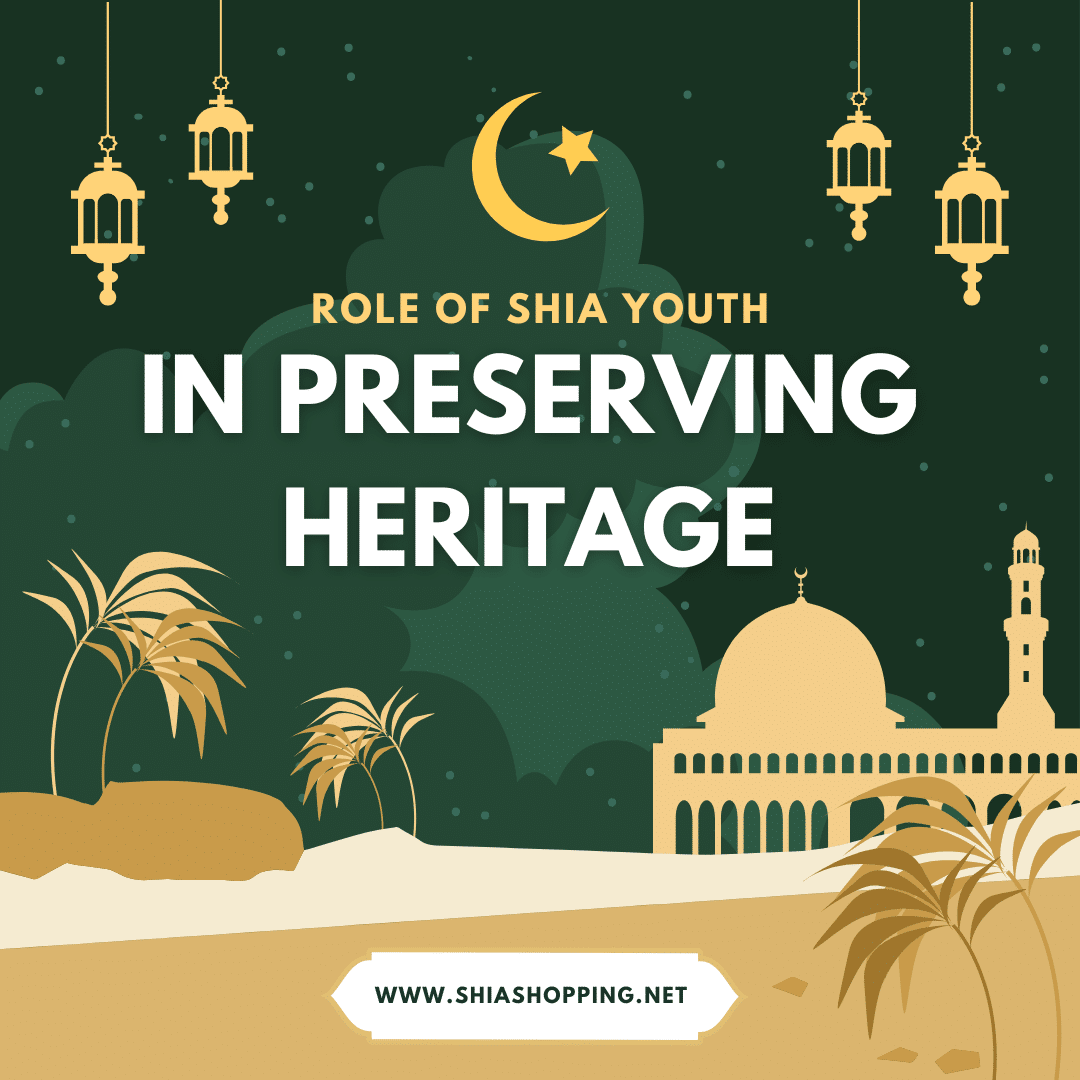

I’ve suggested comments to help condense specific parts of the introduction to fit the 30-word limit. Let me know if you’d like further adjustments!

A Symbol of Spirituality and Healing
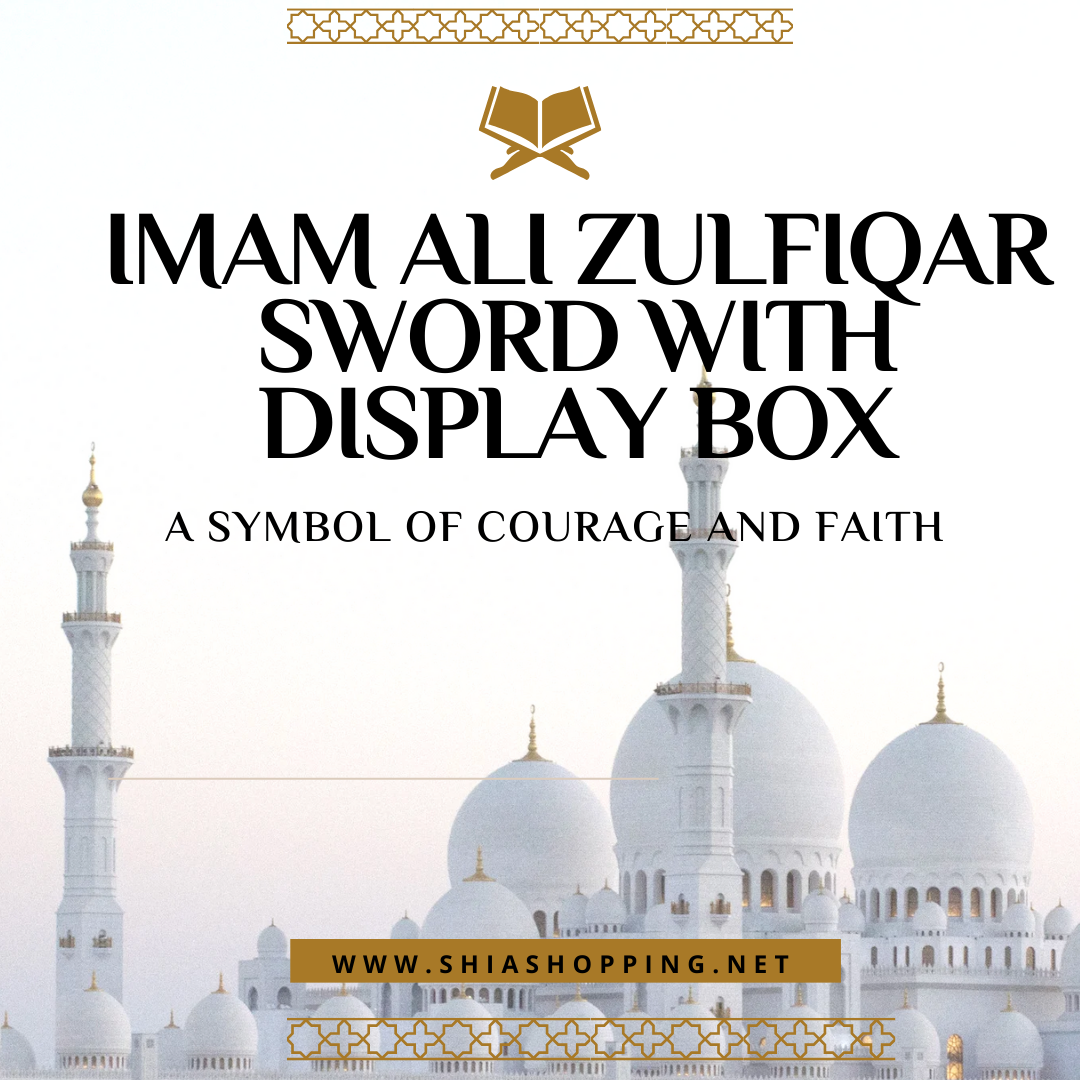
Imam Ali Zulfiqar Sword with Display Box symbolizes bravery, justice, and faith.
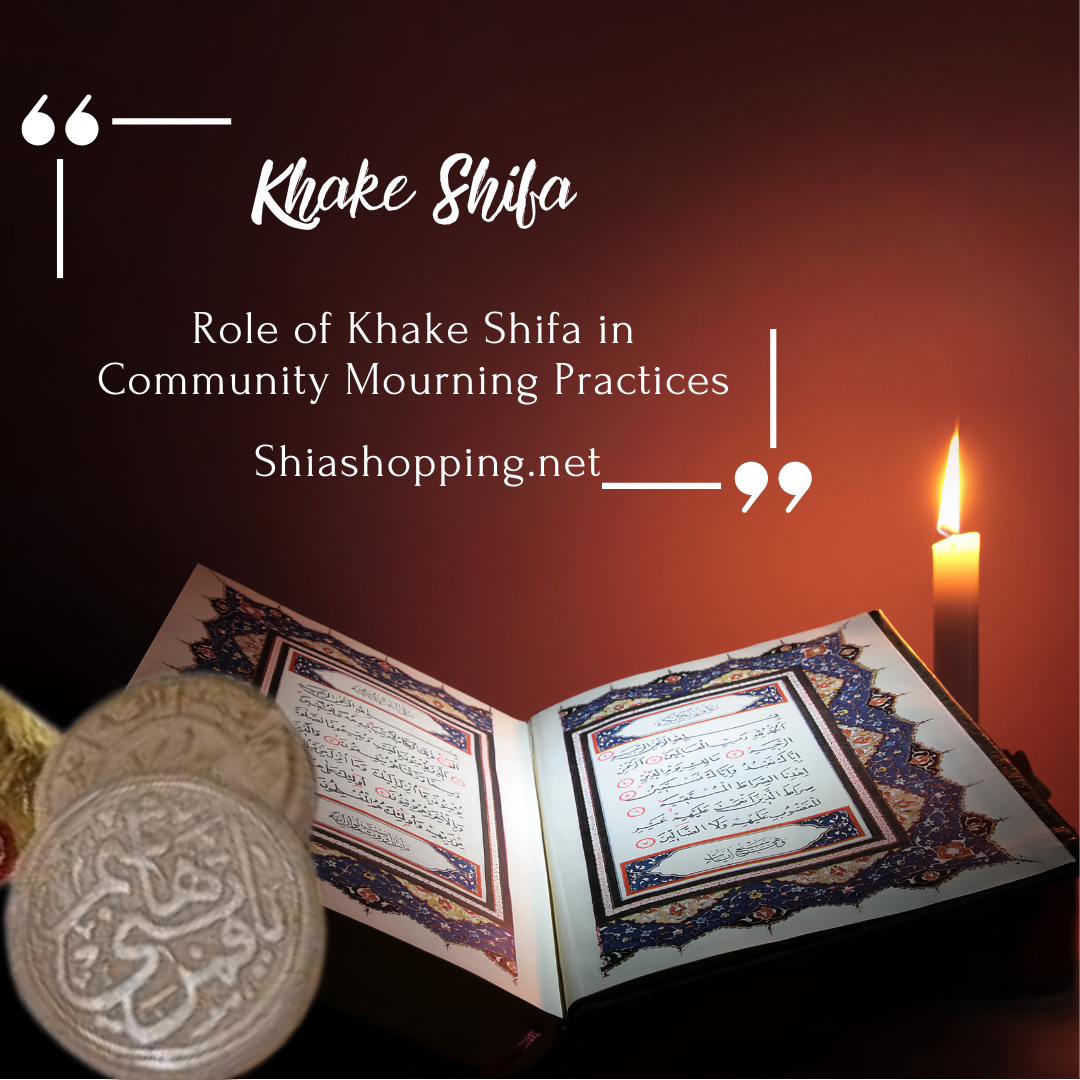
Khake Shifa, a sacred clay from Karbala, holds profound significance in Shia Muslim rituals, especially during mourning practices. Its role is deeply intertwined with the remembrance of the martyrdom of Imam Hussain, the grandson of Prophet Muhammad, and his companions during the Battle of Karbala. This clay is not just a physical substance but a […]

A Guide for Shiashopping Customers For Shia Muslims, the Turbah holds deep spiritual and religious significance, making it a sacred item in daily worship. However, like any physical object, a Turbah can become worn or broken over time. When this happens, it is essential to dispose of it in a manner that reflects its sacredness. […]
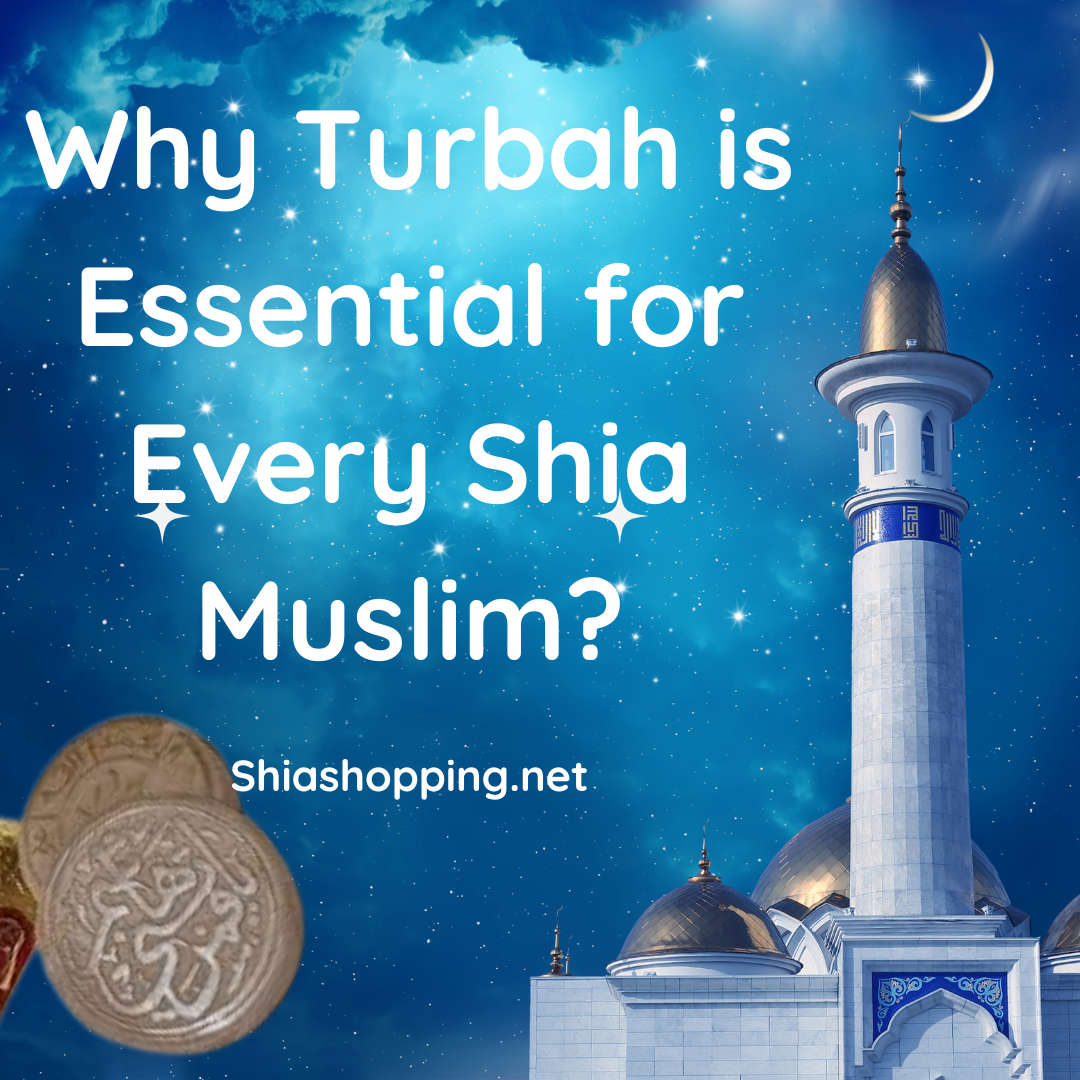
Turbah is crucial for Shia Muslims because it represents a deep spiritual connection to Imam Hussain and the sacrifice at Karbala. Used during prayer, it embodies faith, humility, and centuries of devotion, making it an integral part of Shia worship.
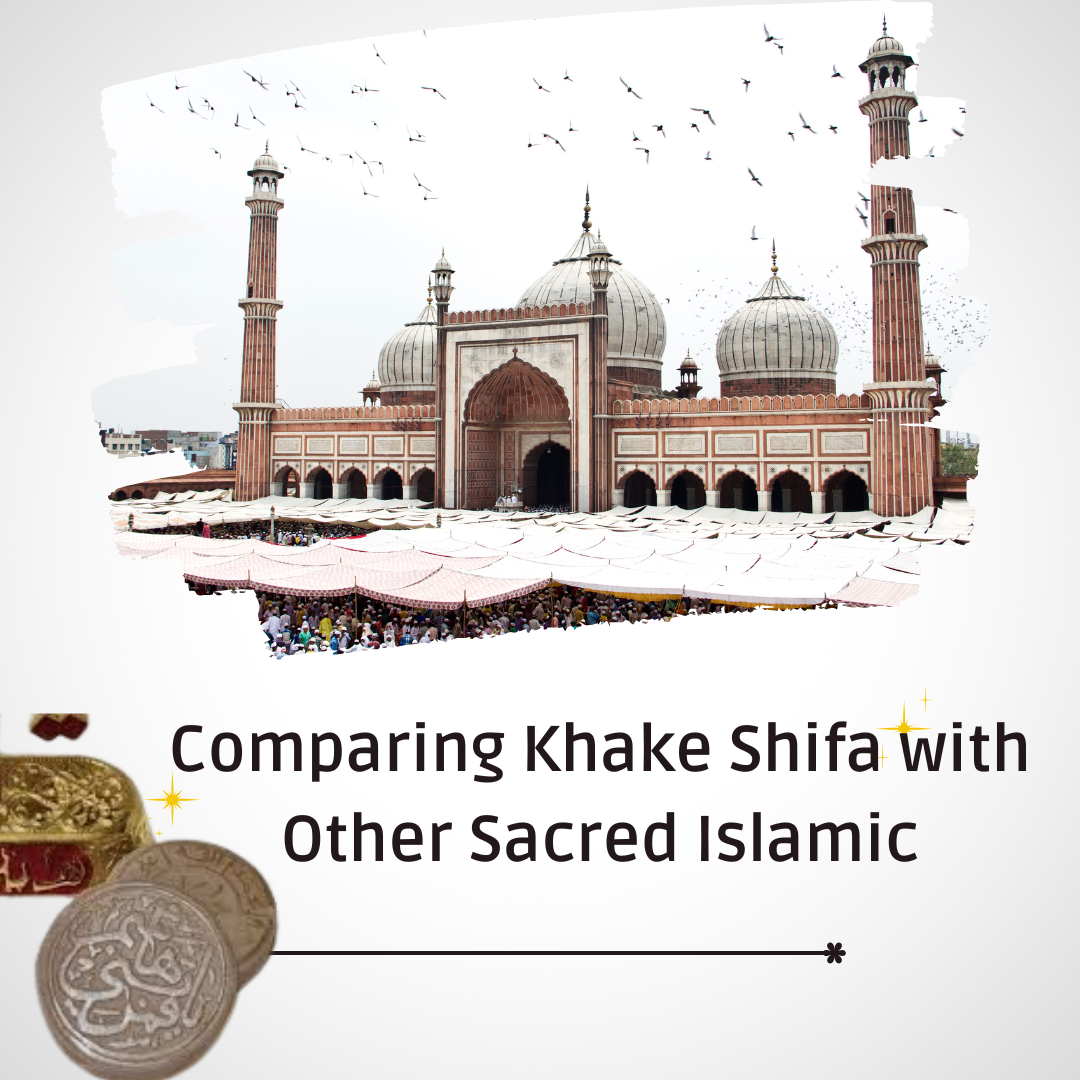
Comparing Khake Shifa with other sacred Islamic items reveals its unique role in Shia tradition, particularly its deep connection to Karbala. By comparing Khake Shifa with other sacred Islamic artifacts, we gain insight into its specific significance in healing, protection, and spiritual practices, showcasing its distinct place in Islamic faith.
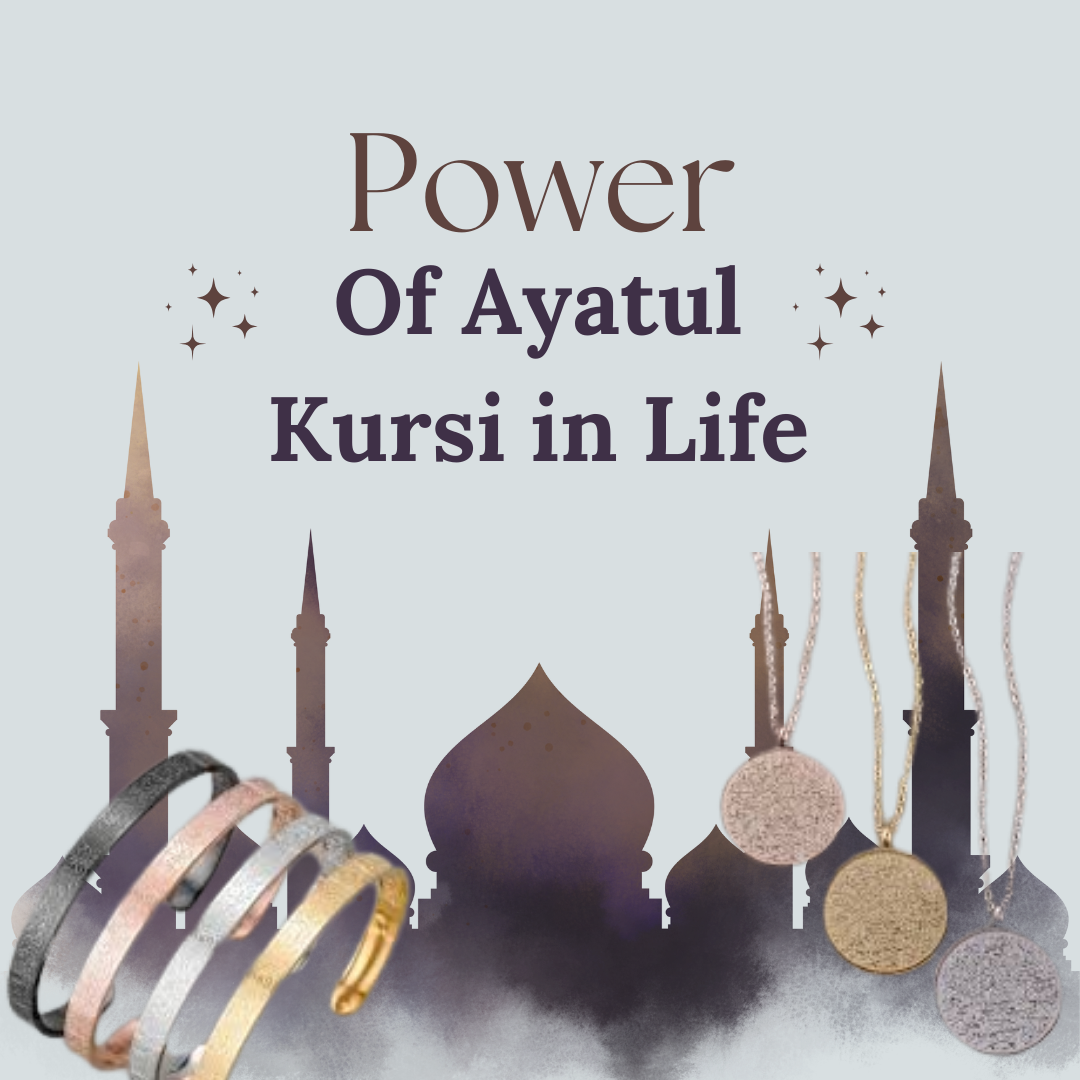
Ayatul Kursi not only offers daily protection but also serves as a powerful tool for spiritual growth. By regularly reciting this verse, believers deepen their faith, reinforce their trust in Allah, and cultivate a sense of inner peace. Its influence extends beyond protection, providing guidance, comfort, and divine support in every aspect of life.
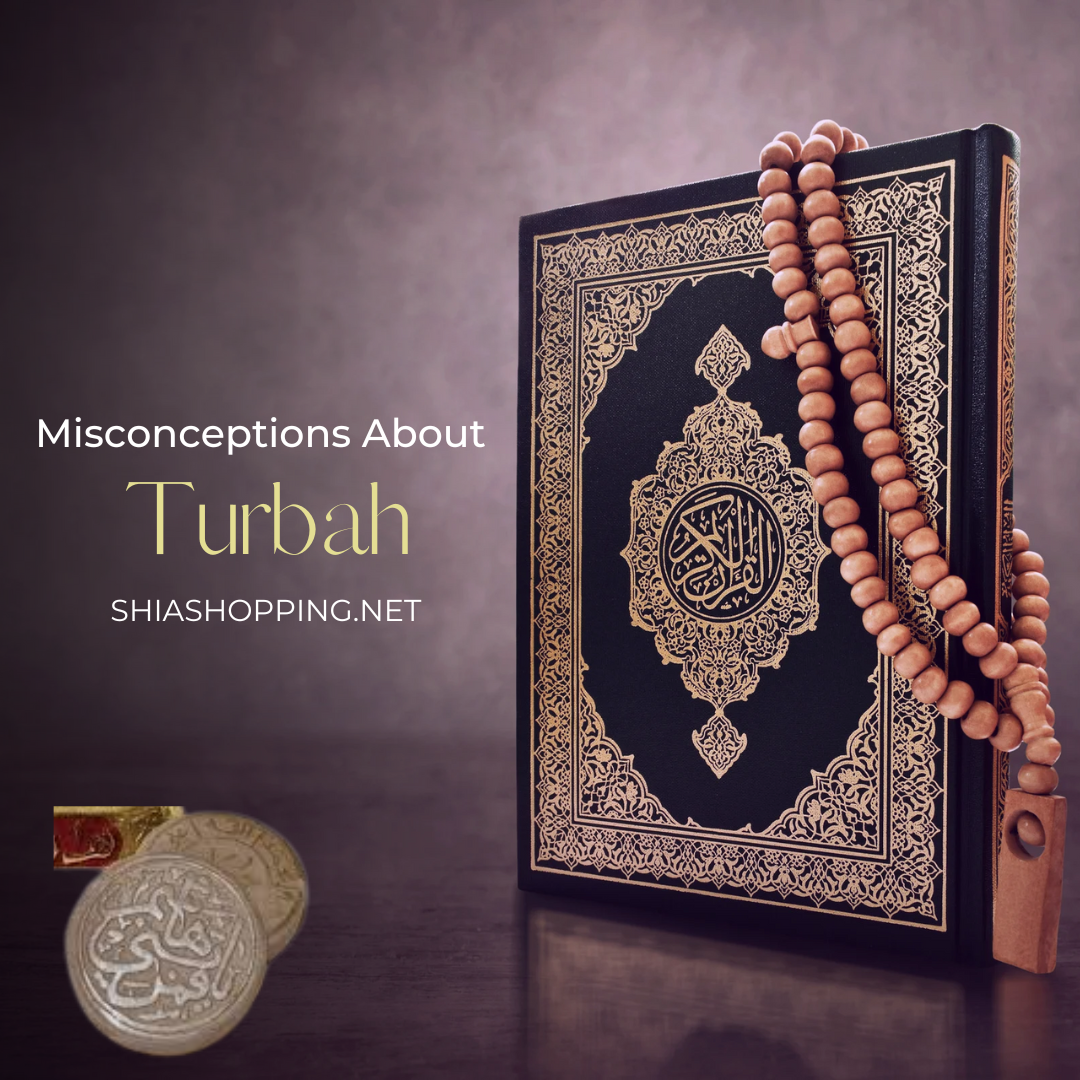
Turbah is often misunderstood as a form of idol worship, which is incorrect. Many believe it is exclusive to Shia Muslims, but some Sunnis also use it. Another misconception is that it must be made from Karbala soil, whereas any clean earth is permissible in Islamic practice.
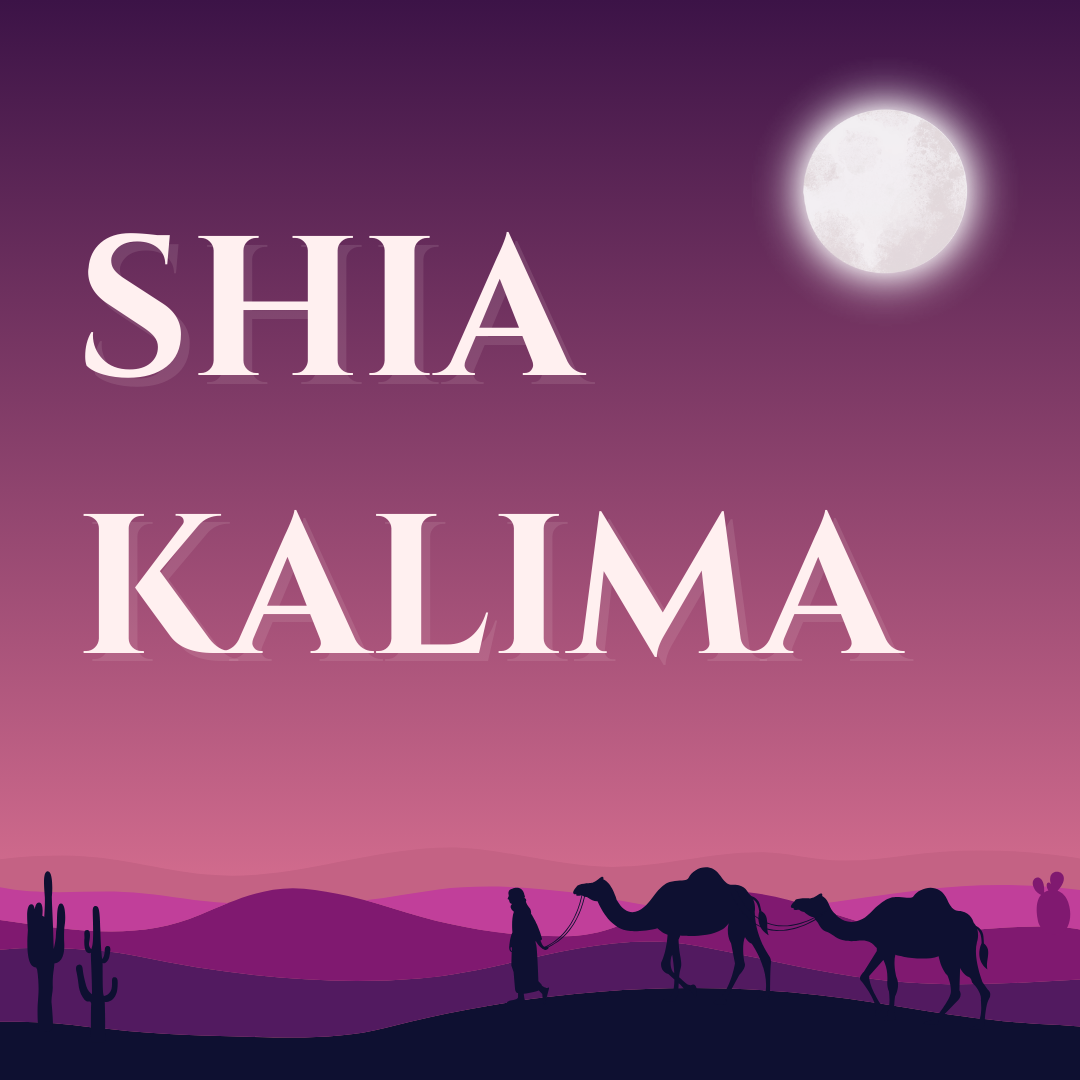
The Kalima, or declaration of faith, is a fundamental aspect of Islam, encompassing the core beliefs of Muslims. For Shia Muslims, the Kalima holds profound significance, reflecting their unique theological perspectives and devotion to the Ahlul Bayt (the family of the Prophet Muhammad). The basic form of the Kalima, which is recited by all Muslims, […]